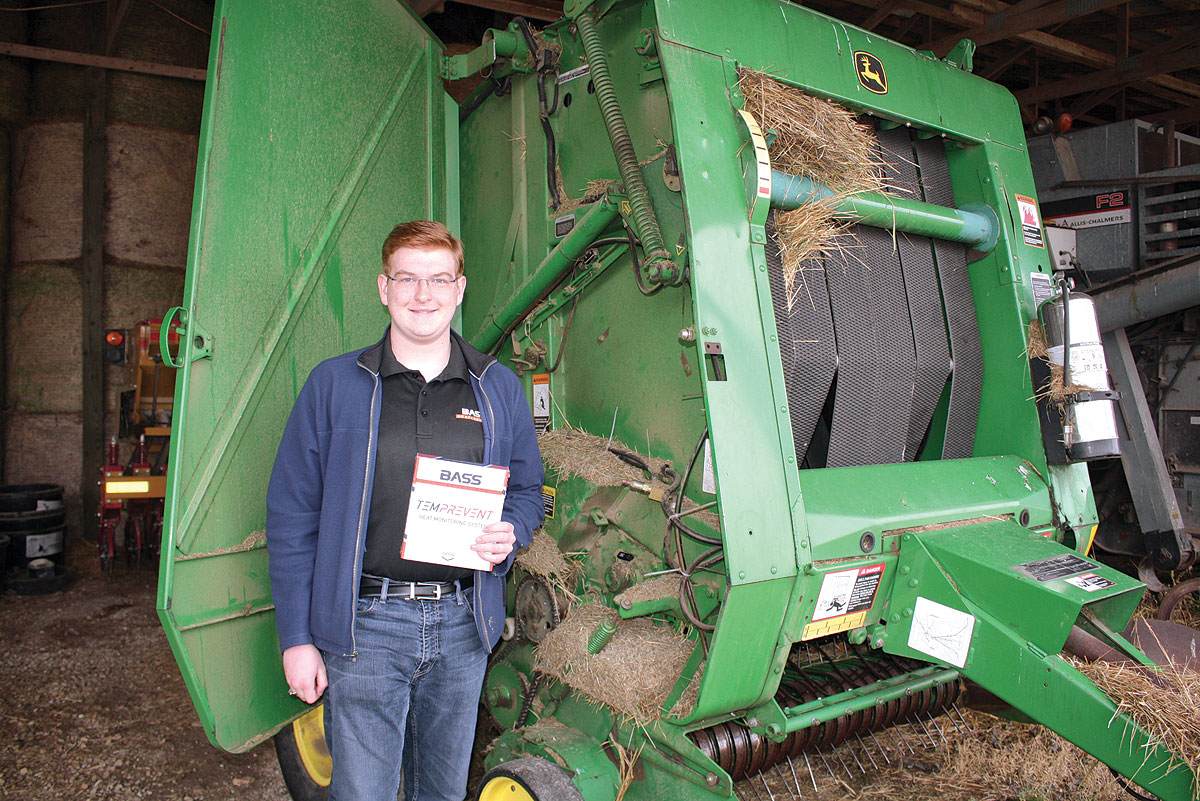 When you hear the words ‘Texas Longhorn,’ an image of hundreds of cattle being driven across the plains by cowboys probably comes to mind. John Wyatt’s herd of Longhorn cross cattle in Protem, Mo., roam the Ozark hills instead of the open plains, but many of the cattle characteristics are still the same.
When you hear the words ‘Texas Longhorn,’ an image of hundreds of cattle being driven across the plains by cowboys probably comes to mind. John Wyatt’s herd of Longhorn cross cattle in Protem, Mo., roam the Ozark hills instead of the open plains, but many of the cattle characteristics are still the same.
A product of the mixing between Spanish stock and the English cattle that were brought to Texas by frontiersmen, Longhorns, has been around for centuries. After the Civil War, thousands of these lean beef-packing rangy beasts were driven to beef markets across the U.S. to satisfy the demand for meat. Following the end of the cattle drive era, Longhorns began to fade from the picture and were heading towards a probable extinction. But in 1927, a group of concerned cattlemen brought Longhorns back from the brink and put them on the market again. They quickly grew in popularity due to disease resistance, calving ease and foraging ability, and today, folks like John Wyatt are taking this great cattle strain even further by breeding Longhorn crosses.
John Wyatt, a teacher of 29 years, currently teaching agriculture classes at Forsyth High School, has had a longtime fascination with Longhorns. “I think they’re awful good cattle,” he said. “You never have a calving problem with Longhorns and they’ll eat about anything.” While Longhorns are a very versatile and easy keeping sort of cow, many folks in the beef market are not big fans of the cattle’s spotted and mottled coloring – in this area, solid colored cattle are where it’s at. John has found a way to solve this problem by crossing Longhorns with Charolais stock. This cross produces a solid colored calf with good hybrid vigor and it “gives the Longhorn calves some frame.” John currently runs a small herd of momma cows, some young calves and a Black Angus bull that he plans on doing some experimental crosses with. Keeping his cattle company are three Missouri Fox Trotters that John enjoys riding in his spare time.
The feeding program for the Longhorn crosses is fairly straightforward: good hay is a must (John noted that he was fortunate enough to harvest two cuttings of hay this year, even with the drought), followed by range cubes mixed with vegetable oil for a protein boost. Cows with calves also receive a ration of soybean meal and corn combined with oil. Rounding out the menu is any browse and forage that the cows can find to eat in the pasture. Vaccinations aren’t needed in John’s herd – the hardiness and disease resistance of the Longhorn breed are alive and well in the hybrid bovines. The only health problem the cows have faced recently, John said, was a herd-wide case of mites, which was treated effectively with Ivermectrin. When the calves in John’s herd are ready to sell, he markets his cattle through local sale barn venues.
When John is not busy around the farm or working his cows, he can be found in the agriculture department of Forsyth High School. Several of his high school FFA teams have made it to state and even national FFA contests, and have done remarkably well – and John is very proud of them. He believes in teaching students “honesty and citizenship” no matter what the subject of the class is. Learning by doing is the mantra that John’s classroom and shop lessons follow. He encourages students to get involved with their projects and to explore and be creative while doing so – even if things don’t always go quite right. “Making mistakes is a part of it,” said John.







